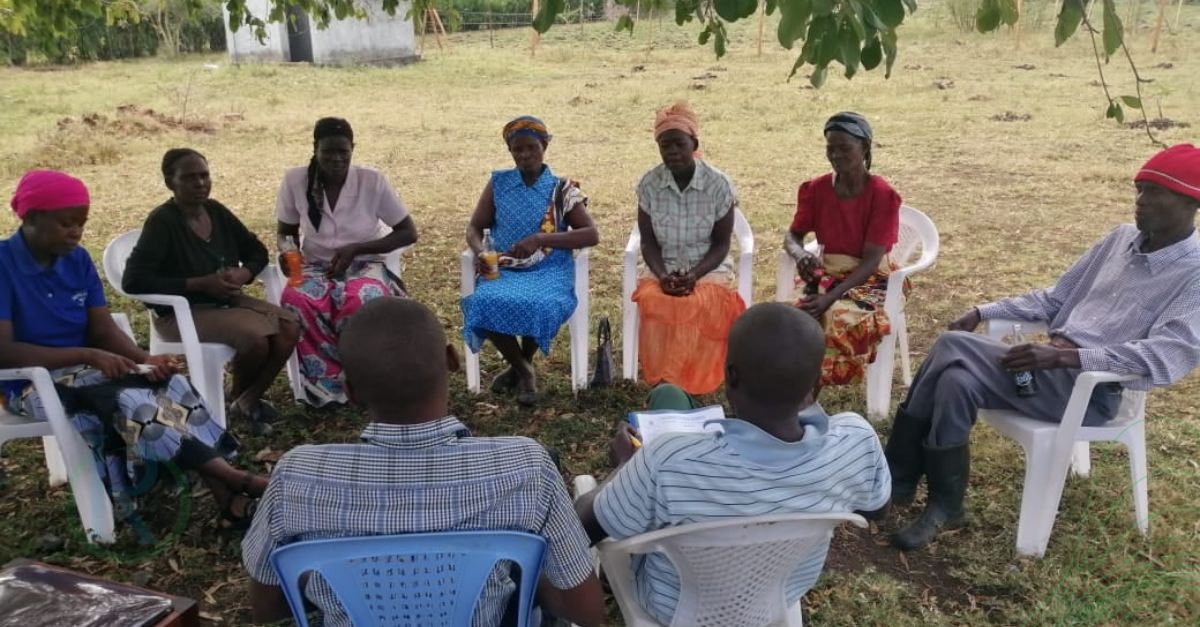What is a Chama?

Chama, a self-help group, started in the 1960s. Primarily for women, by women, but in recent times, it has gained much traction among men for the financial freedoms it offers. Most chamas initially started as merry-go-rounds. A standard amount of money is collected from all the members periodically. When this amount reaches a standard goal, it is awarded to one of the members, and the cycle (merry-go-round) continues. Members would contribute household goods such as food, clothing, and utensils but eventually transform into investment groups.
Chama is the Kiswahili word for ‘group’. In this case, a chama is simply an informal cooperative society, a micro-savings group. It is used by members to pool together savings or to invest. Chamas accumulates funds in the spirit of a harambee.
Chamas in Kenya have become impressive tools of economic empowerment. These ‘investment clubs’ have grown, changed, and evolved. Apart from the communal pooling of resources, each chama has a unique set of rules to which all members must adhere. These rules ensure the smooth running of the group and achieve fairness. Chamas can be used to support sustainable development even in the most remote areas in Kenya.
Chamas initially started by incorporating women alone to take loans, save, invest, share and discuss matters of the community. These days, chamas are formed by people who know each other. This familiarity helps the Chama to run based on mutual trust. This trust was necessary, as previously, no formal institutions would manage this pool of resources. It was up to the members to entrust a few custodians to maintain the pool until such time they were to disburse the funds. Chamas today are still primarily created by friends, relatives and acquaintances who come together.
In Kenya, there are estimated to be 300,000 chamas that control up to a total of 300 billion (US$3.4) billion in assets. According to a report by Financial Sector Deepening Kenya (FSD Kenya), an organization working to promote financial inclusion in Kenya, chamas were already being used by 41% of Kenyans by 2018.
These days, chamas have many formal institutions that can help organize funds, keep records, and, with some AI programming, how each member is eligible for other financial solutions that the Chama may offer, such as unsecured loans. SACCOS are also being formally formed with the same concept as a chama
A chama is an informal investment club where members contribute an agreed amount of money to help each other grow economically and achieve financial independence.





Comments